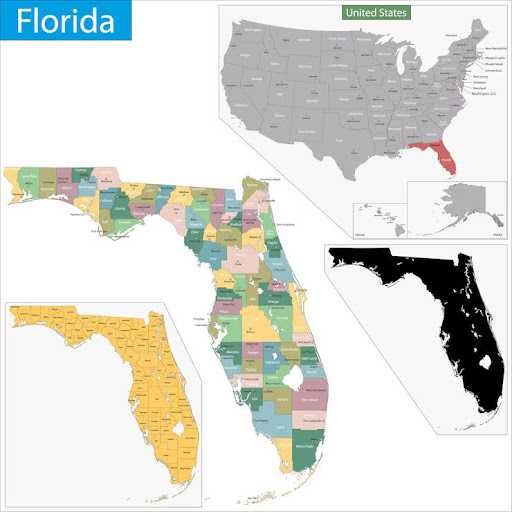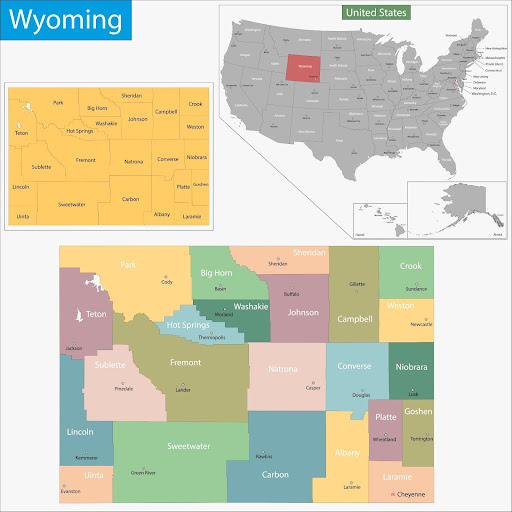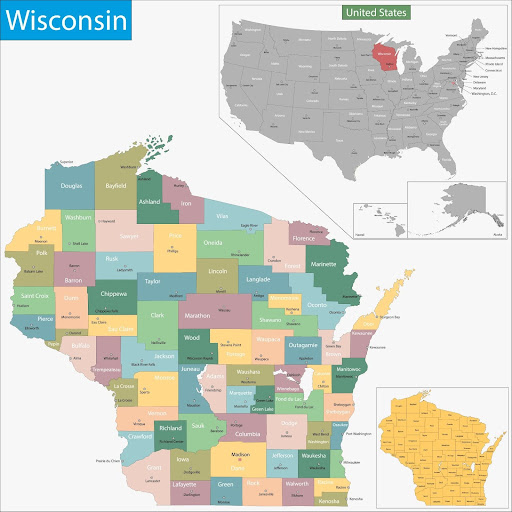Table of Contents
Florida experiences thousands of wildfires annually, many of which ignite quickly, spread rapidly, and burn intensely. The interplay of diverse fuel types, overlapping jurisdictional responsibilities, and rapid suppression responses requires a thorough understanding of the state's fire dynamics.
This wildland fire resources in Florida guide provides in-depth information about the state’s seasonal patterns, response agencies, investigative pathways, and training opportunities.
Live Incident Updates & Maps
Staying informed about active wildfires is crucial for timely response and investigation. Use this tracker for real-time updates:
State Overview
Florida's fire ecology is characterized by its subtropical climate, diverse vegetation, and frequent lightning strikes. The state's varied ecosystems contribute to its complex fire behavior:
- Central and Southern Florida: Dominated by palmetto-gallberry, pine flatwoods, and dense understory vegetation. Fires can spread rapidly, especially during dry seasons, posing risks to suburban developments.
- Panhandle and North Florida: Features slash pine plantations and mixed hardwood-pine forests, creating conditions conducive to fast-spreading fires during dry fronts.
- Coastal Zones: Vegetation stressed by salt and human activities (e.g., campfires, vehicles) increases ignition probabilities in coastal preserves.
The Florida Forest Service (FFS) oversees suppression and investigation efforts across non-federal wildlands statewide, collaborating with local fire departments, especially in counties with municipal forestry programs or mutual aid agreements.
Wildfire Season Timeline
Florida experiences wildfires year-round, but certain periods see heightened activity:
- Dry Season (October–May): This is Florida’s primary wildfire period. Dry air masses, low relative humidity, and cured fine fuels, combined with high lightning activity and human ignitions, contribute to increased fire occurrences.
- Peak Activity (April–June): Historically, these months witness the highest wildfire activity, with factors like drought conditions and accumulated debris from previous hurricanes exacerbating fire risks.
Investigators should monitor the Keetch-Byram Drought Index (KBDI) during these periods, as high values indicate increased potential for smoldering fires and deep ground involvement, complicating origin determination.
Key State Agencies Involved
Florida Forest Service (FFS): Operating under the Florida Department of Agriculture and Consumer Services (FDACS), FFS is the primary agency responsible for wildfire suppression, prescribed fire management, burn authorizations, fire investigations, and fuel management across 17 million acres of forested land.
Florida Division of Emergency Management (FDEM): FDEM coordinates incident responses during large-scale fire emergencies, especially when incidents escalate to Type 2 or Type 1 levels. Fire investigators may be integrated into Unified Command task forces under FDEM's guidance.
U.S. Forest Service (USFS) & National Park Service (NPS): Florida encompasses federally managed lands, including Apalachicola, Ocala, and Osceola National Forests, as well as Everglades National Park and Big Cypress National Preserve. Wildfire investigations on these lands adhere to USFS/NPS standards, necessitating early involvement of agency law enforcement in cross-jurisdictional cases.
Local Wildland Firefighting Resources
Florida's suppression infrastructure integrates state-level expertise with significant local involvement. Other than Florida’s FFS units, local fire agencies and IMTs also play an important role.
List of Local/State/Federal Fire Response Agencies
Contact Numbers and Emergency Links
- Report a Wildfire: Dial 911 or contact the FFS Emergency Wildfire Reporting Line at 1-800-342-5869.
- Florida Forest Service Wildfire Information: fdacs.gov/Forest-Wildfire/Wildland-Fire
- Burn Authorizations: fdacs.gov/Forest-Wildfire/Wildland-Fire/Resources/Open-Burning-in-Florida-FAQ
Training & Volunteering
Florida boasts a robust wildland fire training infrastructure, supported by state and federal partnerships.
NWCG-Approved Academies and Centers
FFS Wildland Firefighter Training:
- S-130/S-190/L-180: Entry-level NWCG series required for red card qualification.
- RT-130: Annual fireline refresher training.
- FI-210 – Wildland Fire Origin & Cause Determination: Offered through FFS and in partnership with the Florida Fire College.
Volunteer and Seasonal Training Opportunities
- FFS Wildland Fire Volunteer Program: Provides red card training and suppression support roles, particularly in high-risk counties.
- Local Fire Departments: Many offer NWCG modules during winter and spring for staff and auxiliary members.
- Youth and College Programs: Forestry technology programs and seasonal internships offer foundational training leading to permanent wildland roles.
Stay Updated About Florida’s Wildland Fire Landscape
Florida's proactive approach to fire management, including extensive prescribed burning, underscores the importance of understanding the state's fire dynamics. Fire investigators must consider prescribed fire schedules, burn authorizations, and the complex interplay of fire-adapted landscapes and human ignition patterns.
Staying informed through resources like the Florida Forest Service's updates and maintaining relationships with local fire departments and burn managers will ensure investigative accuracy and efficiency.
FAQs
How do I report a wildfire in Florida?
Call 911 immediately. You can also contact the Florida Forest Service Emergency Wildfire Reporting Line at 1-800-342-5869.
Do I need a permit for a prescribed or agricultural burn?
Yes. Most outdoor burning in Florida requires authorization from the Florida Forest Service. Small residential burns may be exempt but are subject to fire weather conditions and local ordinances.
Who investigates wildfires in Florida?
The Florida Forest Service leads most wildfire investigations. On federal lands, USFS or NPS officials may take the lead. Investigators often collaborate with local fire departments and law enforcement on criminal or high-impact incidents.











